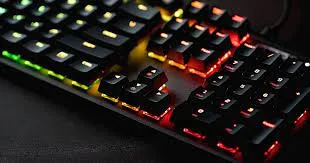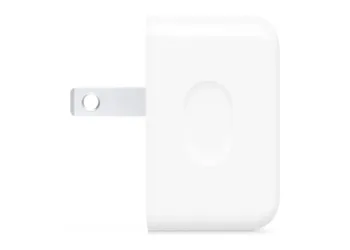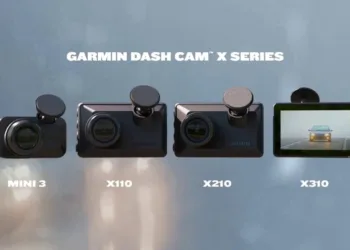AMD today has announced the new Radeon PRO Software for Enterprise 21.Q3 update for all its enterprise customers who use AMD Radeon PRO GPUs.
This update delivers 16% geomean YoY performance gains overall benchmark workloads while offering increased application efficiency, reliability and productivity.
Key features and benefits include:
- Year-Over-Year Performance Improvements – Compared to last year’s 20.Q3 Radeon Software for Enterprise driver, this driver provides marked performance improvements including a 48-percent increase for the Catia viewset and a 12-percent increase for the 3dsmax viewset.
- Additional AMD Remote Workstation Support – Together with leading remote visualization solutions, AMD Remote Workstation works to securely stream workstation graphics on remote desktops allowing users to be productive virtually anywhere. The new driver adds support for Teradici CAS (Cloud Access Software), building upon ongoing support for VMware Horizon, Citrix Virtual Apps and Desktops, Microsoft Remote Desktop and HP ZCentral Remote Boost.
- Professional Application Certification – AMD continues its commitment towards developing professional application certified drivers. Certification provides enterprise-grade dependability for applications including 3dsMax, Revit, Catia, SOLIDWORKS and many more.
- AMD Radeon PRO Viewport Image Boost – Compatible with Revit and 3ds Max, this feature scales up the resolution of the model in the viewport area to provide better image fidelity and allow users to make better design decisions.
The AMD Radeon PRO Software for Enterprise 21.Q3 driver can be downloaded here, and more information about Radeon PRO Software can be found here.
Separately, AMD also announced support on AMD Radeon Graphics and AMD Radeon Software Adrenalin drivers for the production version of TensorFlow-DirectML recently released by Microsoft, which enables machine learning training on Windows-based systems.
AMD worked closely with Microsoft to optimize GPU-accelerated ML training using the production version of TensorFlow-DirectML on AMD graphics hardware, resulting in a performance uplift of up to 4.4x compared to testing on the preview version of TensorFlow-DirectML Microsoft released last year. More information can be found here.








